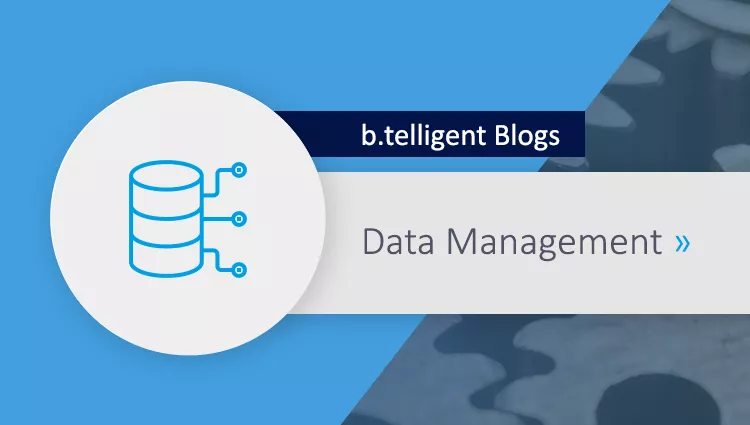SAP Data Warehouse Cloud offers new ways of processing and utilizing enterprise data. SAP BW Bridge for SAP Data Warehouse Cloud now makes it easier for customers with an on-premise SAP BW to proceed to the cloud. Here we show you what BW Bridge is all about, and how it supports your journey into the cloud!
SAP BW Bridge concept
This functional enhancement of SAP Data Warehouse Cloud facilitates access to the public cloud if you operate an SAP BW (7.4 & 7.5 from 2022) or SAP BW/4HANA (2021), or if you want to create a data warehouse in the cloud.
In this process, functions such as connectivity and business content related to SAP ECC and SAP S/4HANA from existent environments are made available in the cloud.
SAP BW Bridge makes it possible to maintain key features from a business warehouse's existent on-premise environment.These include, for example:
- High reusability of structures and models in the business warehouse
- Reliable integration and connectivity with SAP ERP
- Unified data and analytical services in the cloud
Work with SAP BW Bridge is fundamentally divided into two areas: Data modelling and data acquisition.

Data modelling
Data must be provided and processed centrally in order to be utilized and serve for meaningful analyses. This is made possible by data modelling with SAP BW Bridge. Data can be cleansed and prepared using transformations, and then stored in InfoProviders usually formed by InfoObjects, in a manner analogous to the previous SAP BW.
These persistent data can then be accessed via logical views and used for analyses.
Data acquisition
SAP BW Bridge makes it possible to integrate different sources for use in SAP Data Warehouse Cloud. Firstly, data from sources can be persisted via ETL. Data sources, transformations and data transfer processes are used here. Secondly, SAP BW Bridge makes it possible to directly access data from sources, without physically storing the data in a warehouse.
Available sources here comprise systems with ODP functionality, where data are accessed via an ODP data replication API. Source systems not capable of ODP are connected directly to SAP Data Warehouse Cloud.
Two central tools are available for working with SAP BW Bridge:
- BW modelling via Eclipse – for data acquisition and modelling
- SAP BW Bridge Cockpit – for administration and operation (for example, monitoring of process chains and InfoProvider administration)
Scenarios involving use of SAP BW Bridge
A choice of three possible scenarios is currently available for use of SAP BW Bridge:
- Greenfield: A new data warehouse in the cloud with SAP legacy systems.
- Conversion (shell and remote): Migration of existent SAP BW/4HANA to the cloud in order to obtain data, data flows, ABAP coding (Q1 2022) etc. This makes it possible to transfer about 80% of all functions and created data models from SAP BW to Data Warehouse Cloud.
- Hybrid: Combination and use of the advantages of both system landscapes with the aim of successively transferring models to SAP Data Warehouse Cloud.
Currently (as of early 2022), planning scenarios with SAP Data Warehouse Cloud are not supported. In future, SAP Data Warehouse Cloud – in addition to the already available planning application of SAP Analytics Cloud – will serve as a data basis for planning.
If we have been able to help here but you still have questions about SAP BW Bridge or one of the scenarios, do not hesitate to contact us. We will gladly provide assistance in answering any questions concerning SAP Data Warehouse Cloud.









